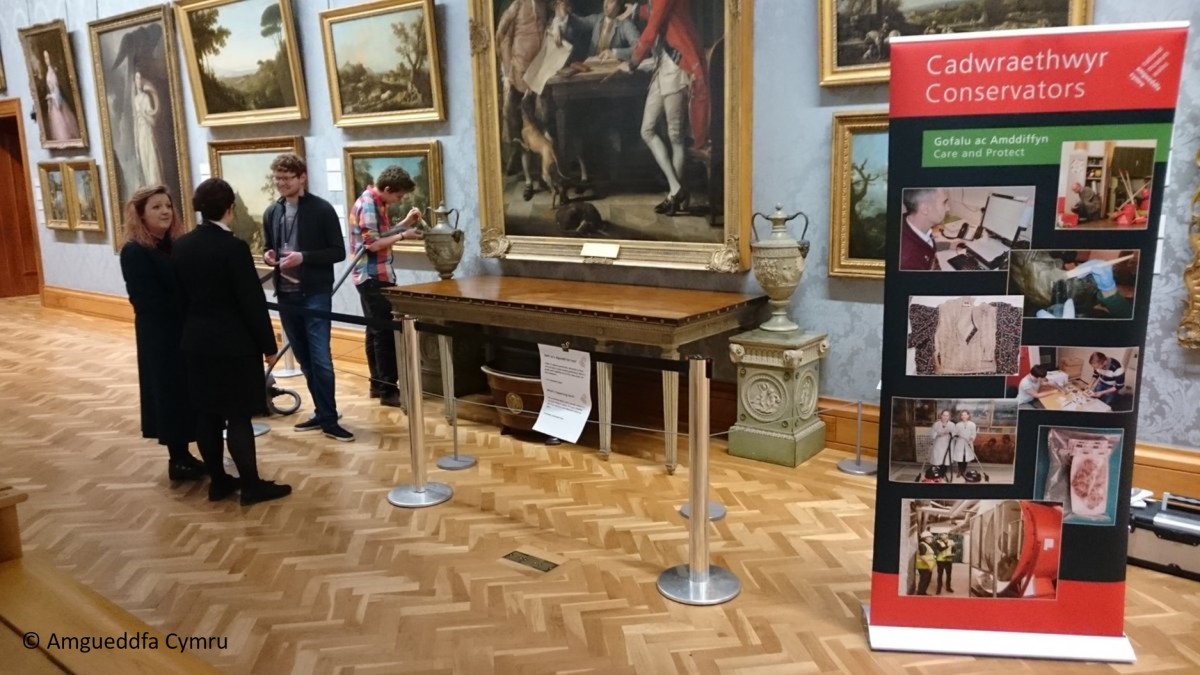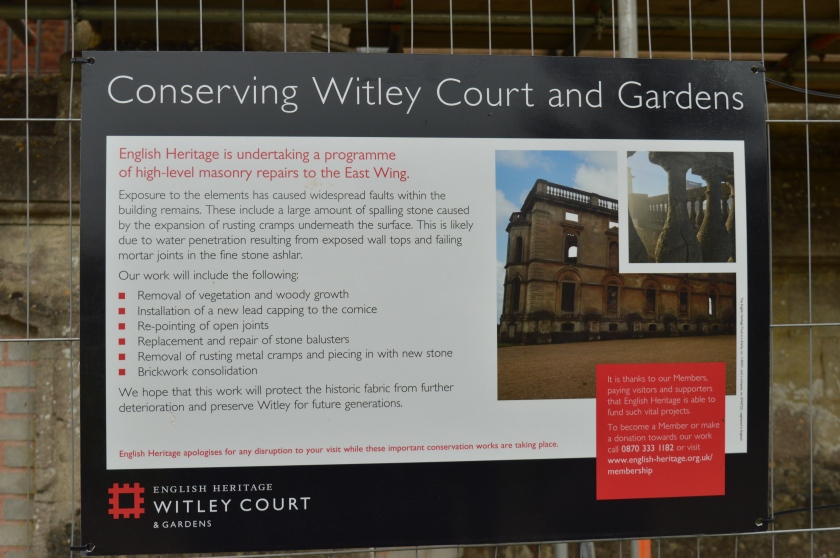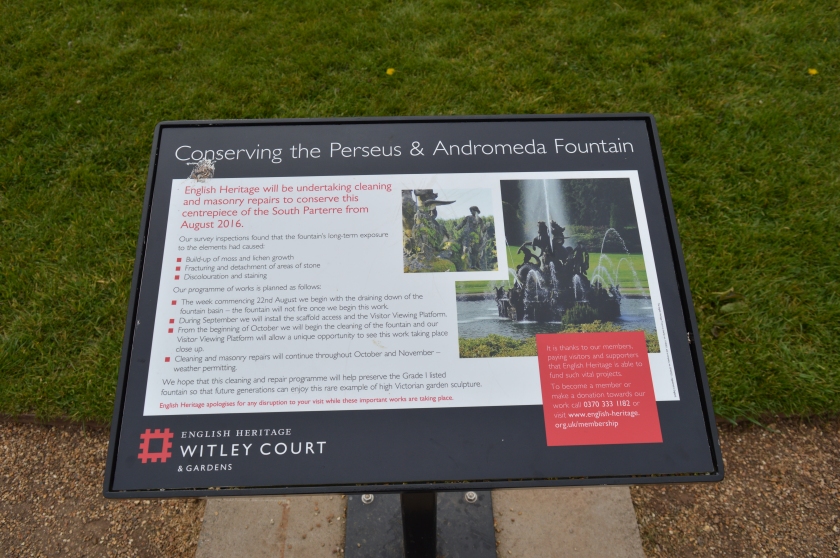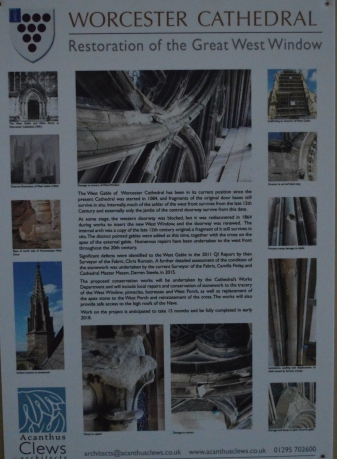Time is a problem, it gives everywhere a specific place, it gives an order we stick to, it makes our past easy to manage and dividable, this is the problem. In reality time is continuous one into the other, everything connects, there is not such as thing as a real order, everything overlaps, but as we create narratives about time we pick and chose dates which leads to a order of time, and the division of our history into time zones i.e. in here in England and Wales 410AD is the end of Roman Britain and the beginning of a new era however we define it, often early medieval, Saxon etc; or 1066 before is Saxon after is Norman, before is early medieval, after is late/high medieval. In reality the vast majority of people, normal people like you and me would had lived through it, and that majority lives changed very little, sure you have some new people in charge, but you are a still doing the same thing day in day out. There is no sudden mass change of culture or people, 1065, 1066 and 1067 will look very similar for the vast majority. We as museum professionals must challenge this current concept of time and break down the idea of time periods, they impair our ability to present our heritage and skew are perspective of human history, is it time to break down time zones and make it one continuous story? Use themes not time?
When we are creating a narrative, an exhibition/display or a tour, we have to be aware of the implications of how we have presented our work, how we have presented time. Perhaps we should replace hard chronology, stop the division of time, focus on the themes? Time periods can create false ideas, isolates our past, could it even prevent are ability to connect to our heritage? We have to be able to challenge the idea of time in this form, redefine it as more fluid, step back from the simple narrative, open up and encourage dialogue between what we currently see as distinct time periods and return history to what it should be a story of people not the stepping stones of dates. The past when lived was not seen as a succession of dates but a continuing process, we need to return to this.
Is changing how we see time a way we can increase experience and context? Preserve our intangible cultural heritage?
Image source for feature image Canva https://www.canva.com/



















